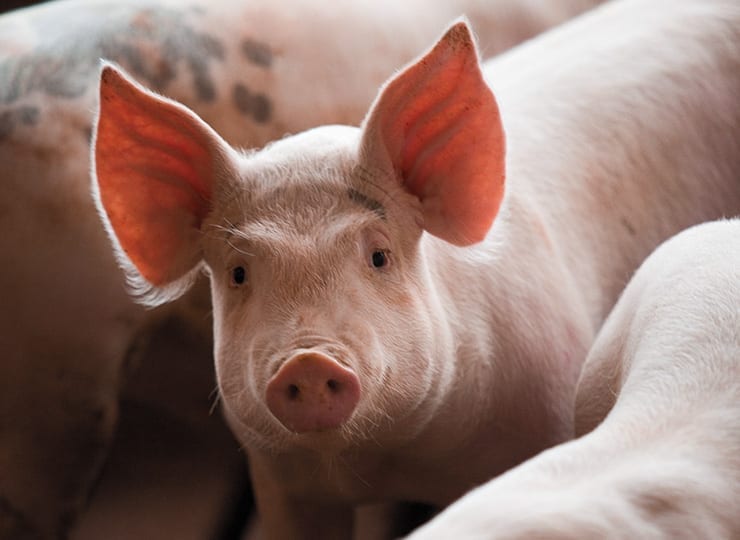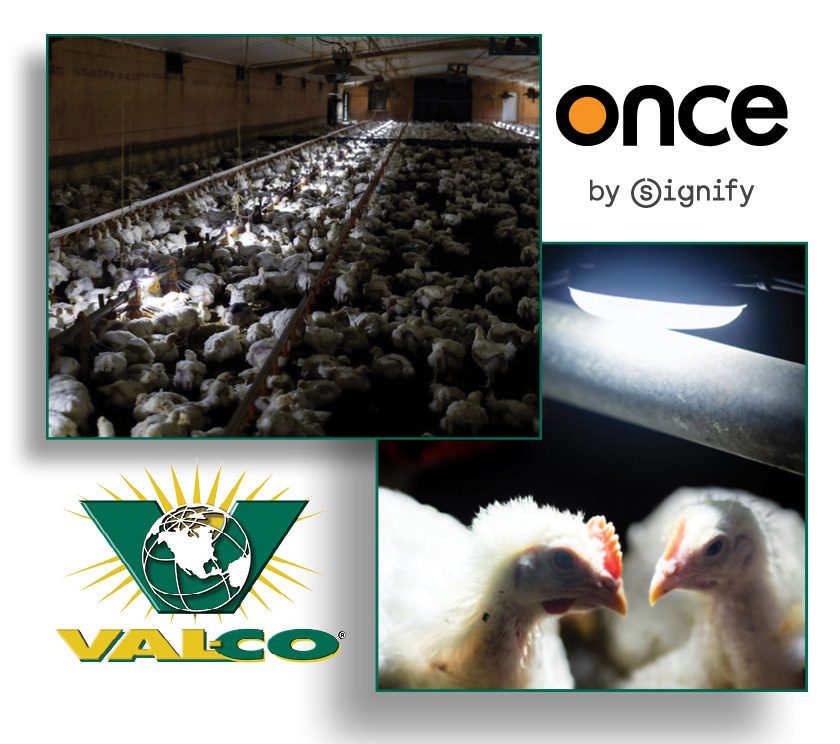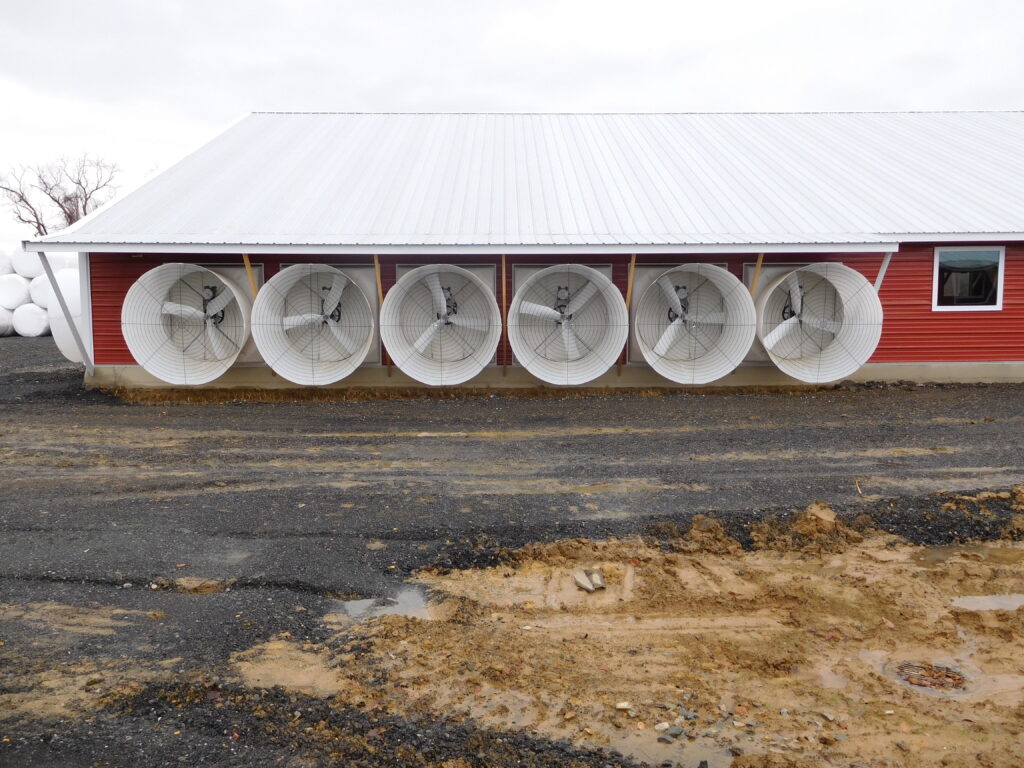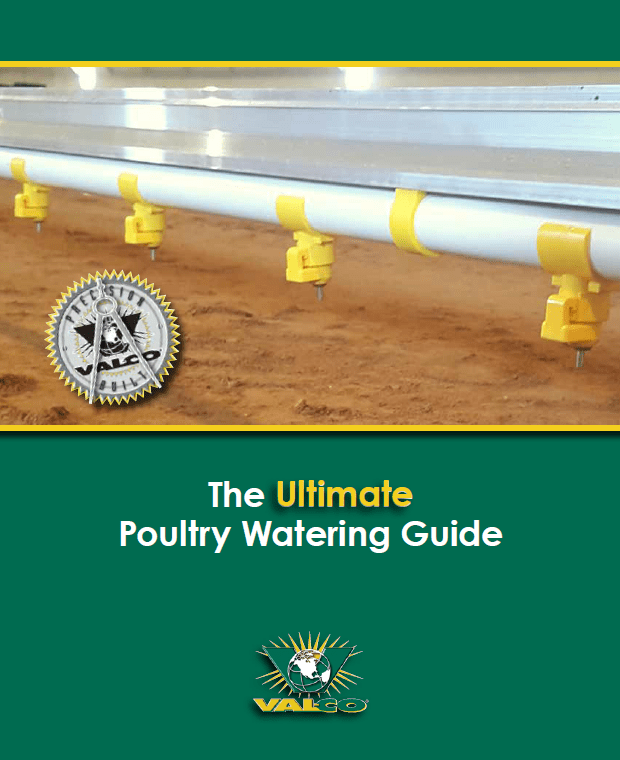The automation in today’s swine industry has made it easier to maintain house conditions, but it isn’t always as easy as it sounds. Here are some of the most common problems seen in swine ventilation, and simple solutions for them.
Not understanding the controller
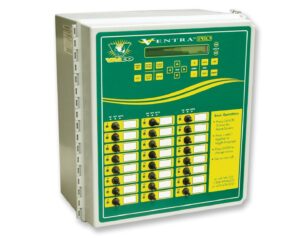 Most modern barns rely on a controller to keep track of the temperature in the barn and manage the interplay between air inlets, exhaust fans, and heaters, but just setting everything to turn off when it reaches setpoint is a recipe for wasting money. If your setpoint in the barn is 85°F and the fans are set to come on at 86°F and the heaters at 84°F, odds are you will be wasting money on propane. Most controllers have a delay in how quickly they recognize temperatures changing – it takes a while for the air to heat or cool the temperature sensor – and if on and off points of fans and heaters are set too closely, by the time the control recognizes the barn is the right temp, it may already be a degree over your setpoint, the fans kick back in, and the whole barn seesaws between heating and cooling, wasting propane and electricity.
Most modern barns rely on a controller to keep track of the temperature in the barn and manage the interplay between air inlets, exhaust fans, and heaters, but just setting everything to turn off when it reaches setpoint is a recipe for wasting money. If your setpoint in the barn is 85°F and the fans are set to come on at 86°F and the heaters at 84°F, odds are you will be wasting money on propane. Most controllers have a delay in how quickly they recognize temperatures changing – it takes a while for the air to heat or cool the temperature sensor – and if on and off points of fans and heaters are set too closely, by the time the control recognizes the barn is the right temp, it may already be a degree over your setpoint, the fans kick back in, and the whole barn seesaws between heating and cooling, wasting propane and electricity.
Solution: Leave at least 1 degree F between your setpoint and the end of your first stage of heating/cooling. So, if the barn setpoint is 85°F, turn on cooling fan #1 at 87°F and turn it off at 86°F. By the time the temperature sensors detect 86°F it may already be 85°F in the barn. Same thing (in the opposite direction) for heating.
Going cheap on fans
 Sure everyone likes to get a deal, but in barn fans, the upfront cost is less than half the story. Electricity usage over the life of your fans will blow past the initial cost, and not selecting a tunnel fan with at least 21 cfm/watt (a measure of how efficient a fan is at moving air versus electricity used) will end up costing you more in the long run.
Sure everyone likes to get a deal, but in barn fans, the upfront cost is less than half the story. Electricity usage over the life of your fans will blow past the initial cost, and not selecting a tunnel fan with at least 21 cfm/watt (a measure of how efficient a fan is at moving air versus electricity used) will end up costing you more in the long run.
Solution: Check out VAL-CO’s line of high-performance fans (https://valcotest.group6inc.com/support/literature) or look online at BESS labs to compare various models.
Not maintaining the equipment
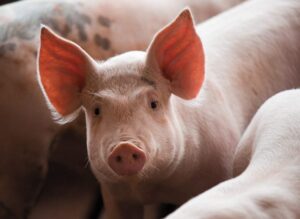 Your new barn works great, but after two turns of weanlings the airspeed has slowed, condensation has begun appearing around curtain edges and ceiling inlets, and the pigs in the back of the barn have started showing more scratches and tail bites. Curtain machines are workhorses of barn ventilation, especially the ATLAS™ line of farm-duty machines, opening and closing inlets and curtains hundreds of times a day. Over time, cables will begin to stretch and limit collars may need to be adjusted to ensure all inlets and curtains close tightly. Likewise, fans left to their own devices will give less performance when neglected and poor ventilation, no matter the cause, leads to poor growth and poor pig behaviors.
Your new barn works great, but after two turns of weanlings the airspeed has slowed, condensation has begun appearing around curtain edges and ceiling inlets, and the pigs in the back of the barn have started showing more scratches and tail bites. Curtain machines are workhorses of barn ventilation, especially the ATLAS™ line of farm-duty machines, opening and closing inlets and curtains hundreds of times a day. Over time, cables will begin to stretch and limit collars may need to be adjusted to ensure all inlets and curtains close tightly. Likewise, fans left to their own devices will give less performance when neglected and poor ventilation, no matter the cause, leads to poor growth and poor pig behaviors.
Solution: To get 20% more airflow from your fans just wipe them down with a rag or brush – cleaning stuck-on dust from shutters and housings can put 20% more air through a fan versus a dirty one. While you’re down there, check to make sure the belts aren’t worn down and change as needed. Curtain machines need greased every so often and cable stretch removed, and if there is a curtain drop make sure to check, and test, the functionality regularly.
